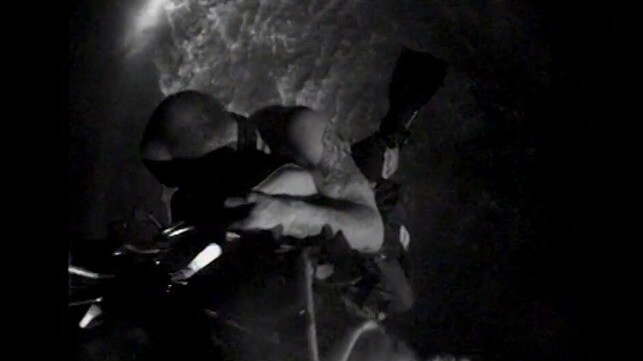Coast Guard Uses VHF Direction-Finding to Rescue Two Fishermen

On Tuesday, the U.S. Coast Guard safely rescued two fishermen off the coast of Charleston, South Carolina after their vessel capsized and sank.
At about 2030 hours on Tuesday night, Coast Guard Sector Charleston received a mayday call over Channel 16 from a crewmember aboard the vessel, a 30-foot fishing boat. The boat was taking on water and going down, the caller reported.
The Coast Guard dispatched a boat crew and a helicopter crew to help, and watchstanders used bearings of the vessel's last VHF transmission to triangulate the location of the casualty. This direction-finding technique is a classic search method, less used in the age of the satellite EPIRB but still relevant - and accurate. The helicopter aircrew transited to the triangulated position and immediately spotted a liferaft with two survivors on board.

Illustration courtesy USCG

that matters most
Get the latest maritime news delivered to your inbox daily.
The aircrew deployed their rescue swimmer, who brought the two men aboard safely. The survivors were delivered to Medical University South Carolina for evaluation and further care.
In a statement, Sector Charleston said that having a VHF marine radio was a critical factor in the positive outcome of the SAR mission. "The mariners were able to provide us with a chance to find them by using their marine grade radio and we utilized our search and rescue technology to pinpoint their last known location that was provided to our aircrew," said Lt. Michael Allen, Coast Guard Sector Charleston's search and rescue mission coordinator.
